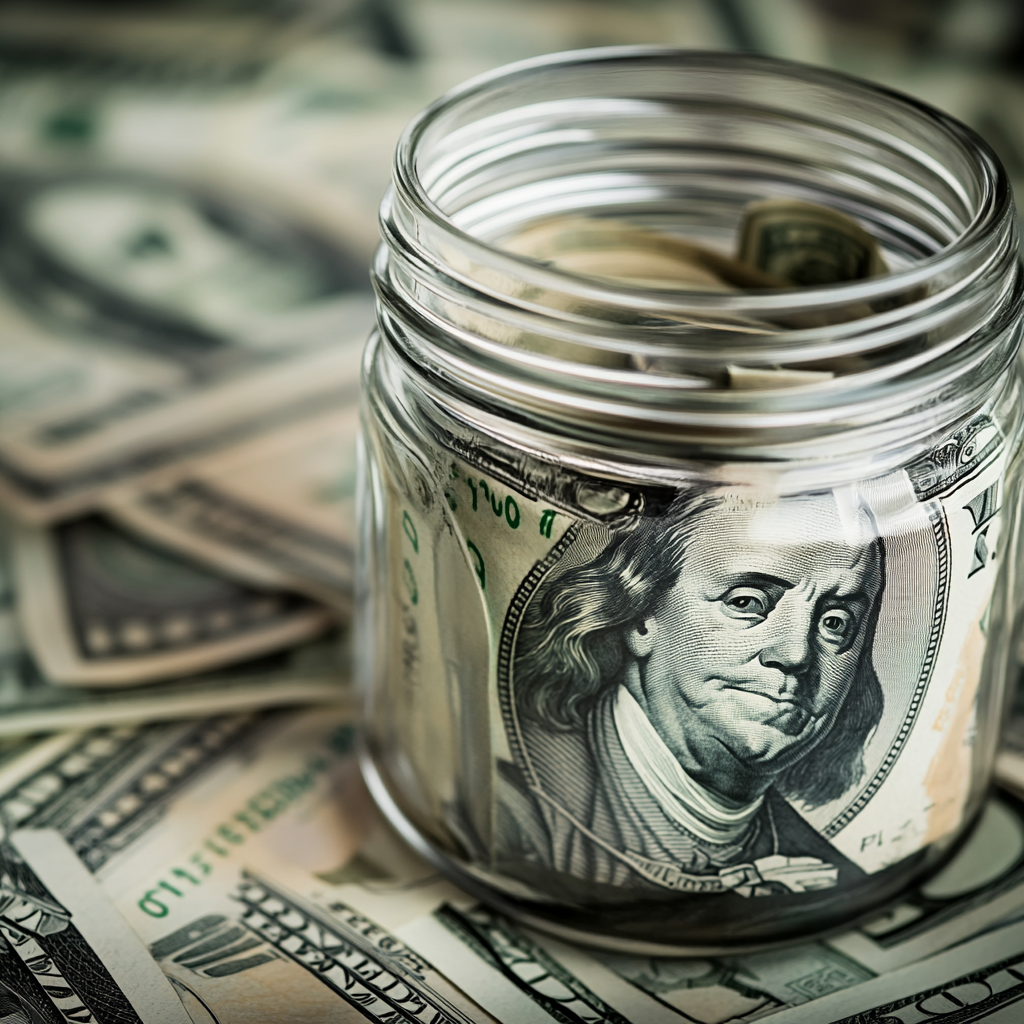“The future depends on what you do today.” -Mahatma Gandhi
The Economic Ripple Effect: How CIP Projects Boost Local Economies
Capital Improvement Program (CIP) projects play a pivotal role in fostering local economic growth. By investing in essential infrastructure, these projects create a ripple effect that extends far beyond the immediate benefits of improved roads, bridges, schools, and utilities. This article explores the broader economic impact of CIP projects on local businesses, job creation, and regional economic development, highlighting specific examples and the critical role of long-term planning, leadership commitment, and the ability to make tough decisions.
Local Business Growth
CIP projects can significantly boost local businesses by improving infrastructure, making areas more accessible, and enhancing the overall quality of life. For instance, upgrading transportation networks can reduce travel time and costs for businesses, making it easier to transport goods and services. This improvement can attract new businesses to the area, fostering a vibrant local economy.
A prime example is the redevelopment of the East Riverside Corridor in Austin, Texas. This comprehensive CIP project included road improvements, new public transportation options, and enhanced pedestrian and cycling infrastructure. As a result, the area has seen a surge in new businesses, from retail stores and restaurants to tech startups, creating a dynamic and economically diverse community.
Job Creation
One of the most immediate and visible impacts of CIP projects is job creation. These projects require a substantial workforce, including engineers, construction workers, project managers, and support staff. The construction phase alone can provide hundreds or even thousands of jobs, depending on the project’s scale.
Take, for instance, the construction of the Dallas Horseshoe Project, a major infrastructure initiative aimed at improving the downtown highway system. This project not only enhanced the city’s transportation network but also created over 2,000 jobs during its construction phase. These jobs provided valuable income for local workers and stimulated the economy through increased consumer spending.
Regional Economic Development
Beyond local impacts, CIP projects can spur regional economic development by creating a more attractive environment for investment. Improved infrastructure can make a region more competitive, drawing in businesses and industries that might have otherwise looked elsewhere. Additionally, these projects can enhance property values and increase tax revenues, providing further resources for community development.
For example, the Central Texas Regional Mobility Authority’s MoPac Improvement Project aimed to alleviate congestion and improve travel times on one of Austin’s busiest highways. The project not only benefited commuters but also attracted new businesses to the region, contributing to Central Texas’s reputation as a hub for innovation and economic growth.
Long-Term Planning and Leadership Commitment
The success of CIP projects in driving economic growth hinges on effective long-term planning and strong leadership commitment. Leaders must have a clear vision for the future and the ability to align projects with broader economic development goals. This involves conducting thorough feasibility studies, engaging with stakeholders, and ensuring that projects are designed to meet both current and future needs.
The success of the San Antonio River Walk expansion is a testament to the power of long-term planning and leadership commitment. Initially developed in the 1930s, the River Walk has undergone several expansions and improvements over the decades. Each phase of development was carefully planned to enhance the area’s appeal as a tourist destination and economic driver. Today, the River Walk attracts millions of visitors annually, generating significant revenue for local businesses and the city.
Making Tough Decisions
Implementing CIP projects often requires making tough, sometimes unpopular, decisions. Leaders must balance competing interests, manage budget constraints, and navigate complex regulatory environments. This can involve controversial choices, such as land acquisition, zoning changes, or the implementation of tolls or taxes to fund projects.
The transformation of New York City’s Times Square in the 1990s is an example of bold decision-making in action. Faced with a deteriorating and crime-ridden area, city leaders made the tough decision to close parts of the square to traffic, pedestrianize key areas, and invest in extensive infrastructure improvements. These decisions faced significant opposition at the time but ultimately revitalized Times Square, turning it into one of the world’s most iconic and economically vibrant urban spaces.
Conclusion
CIP projects are powerful catalysts for local and regional economic growth. By improving infrastructure, they enhance the business environment, create jobs, and stimulate broader economic development. The ripple effect of these projects can be profound, transforming communities and regions for the better.
However, realizing these benefits requires more than just financial investment. It demands long-term planning, strong leadership, and the courage to make difficult decisions. By embracing these principles, communities can leverage CIP projects to drive sustained economic growth and improve the quality of life for their residents. As we look to the future, the continued commitment to strategic infrastructure investment will be crucial in building resilient and prosperous communities.
At Front Line Advisory Group, we manage Capital Improvement programs to ensure they are completed on time and within budget. We make sure every dollar is used wisely to improve our community. For more information or to start your project, contact us at info@frontlineadvisorygroup.com.













